Body Parts
This post explores the following body organs, the lungs, kidneys, reproductive system, intestines, red blood cells, stomach, and liver.
No products in the cart.
Vocabulary items illustrated with pictures
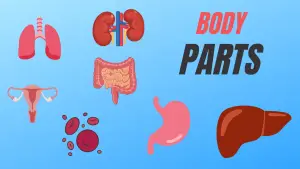
This post explores the following body organs, the lungs, kidneys, reproductive system, intestines, red blood cells, stomach, and liver.
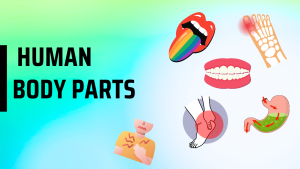
The human body is a complex, fascinating machine, made up of countless, different parts that work together to keep us alive and functioning.

This article, Body Parts (3), discusses the anatomy, function, and common injuries of the shoulders, legs, fingers, and nose

Learn about the anatomy, functions, and common problems of six important human body parts (2): hair, ears, eyebrows, eyes, arms, and knees.

The mouth, hand, belly, elbow, and foot are all essential parts of the human body. This article explores their anatomy and functions.
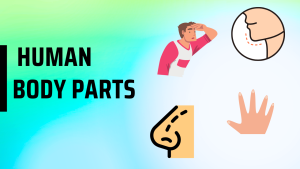
This article, Body Parts (4), discusses the anatomy of the chin and forehead, their problems, and the treatments to cure these problems.
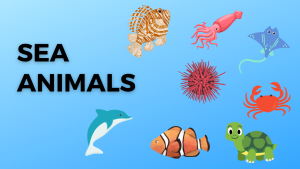
This article, Sea Animals (1) discusses eight sea animals: squid, lionfish, manta ray, sea urchin, crab, turtle, clownfish, and dolphin.
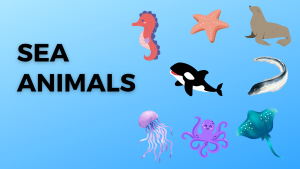
This article, Sea Animals (2) explores sea animals: sea lions, starfish, eels, orcas, stingrays, octopuses, jellyfish, and seahorses.

The ocean is home to a vast array of sea animals including seals, fish, hermit crabs, puffer fish, whales, lobsters, narwhals, and swordfish.
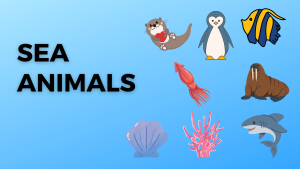
This article, Sea Animals (4), discusses the following sea animals: flounder, penguin, otter, walrus, cuttlefish, shark, coral, and shell.
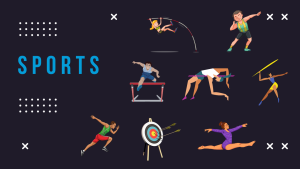
In this article, Sports (1), we explore these sports: shotput, pole vault, javelin, high jump, hurdles, gymnastics, archery, and sprinting
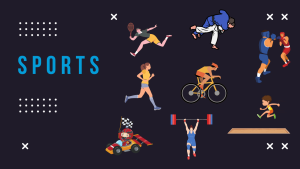
The article below, Sports (2), explores these sports: boxing, martial arts, tennis, cycling, long jump, running, weight lifting, and racing.